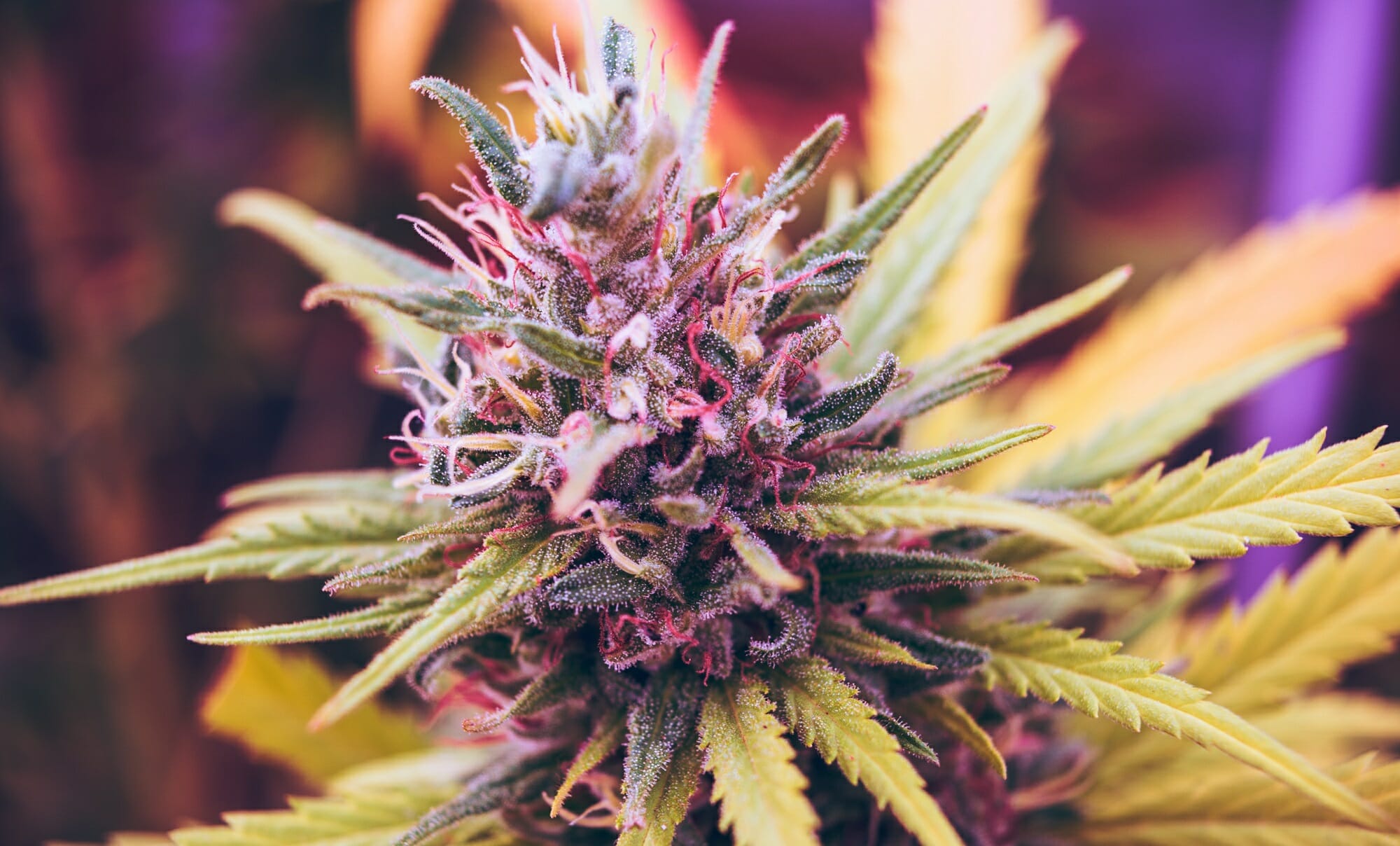How Medical Marijuana and CBD May Help Chronic Pain Sufferers
Written by Chris Weatherall on Jul 27, 2018Chronic pain, Chronic Pain Syndrome, arthritis and even fibromyalgia sufferers have, historically, only been able to use opioids prescribed by a doctor such as hydrocodone, oxycodone or fentanyl in order to relieve their pain. Unfortunately, sometimes the side effects outweigh their benefits.
Medical marijuana for chronic pain is a non-addictive alternative with few, if any side effects, and actually can help the body’s endocannabinoid system regulate its homeostasis. More and more people are turning to medical marijuana and CBD for their pain control.
Related Reading: How to Get Your Arizona Medical Marijuana Card
A study in 2017 showed that, of the 2,810 participants, 93% used medical marijuana along with opioids, using less of the opioids than they had before adding the cannabis to their pain relief regimen. Of all the participants, 81% agreed that using medical marijuana by itself was even more effective in pain control with none of the side effects.
What is Chronic Pain?
Chronic pain is any pain that lasts more than three months or outlasts the healing process of any injury or surgery. This includes any continuous pain in the joints, muscles or even bones and can last for months or years and has been known to contribute to depression in the pain sufferer. The pain could also become progressively worse or recur intermittently, such as migraines or muscle seizures.
Types of Pain
There are two types of chronic pain: nociceptive and neuropathic pain.
Nociceptive pain is usually caused by damage to body tissue, from benign pathology like an injury to more severe causes, such as cancer cells or tumors growing larger and crowding organs or spreading into bones, muscles or joints.
Neuropathic pain is caused by nerve damage. When the neural pathways are damaged, the nerves can no longer regulate the signals coming from the affected area and this leads to sensations of pain from the area. Neuropathic pain can be related to diabetes, chronic alcohol intake, vitamin B deficiency, certain cancers, and infections.
Opioid Epidemic
 In order to relieve chronic pain, doctors have been prescribing opioids and other prescription drugs to their patients, many of whom have become addicted.
In order to relieve chronic pain, doctors have been prescribing opioids and other prescription drugs to their patients, many of whom have become addicted.
This, along with the other side effects, is a high price to pay for pain relief and many have paid the ultimate price: in 2014, 28,000 people died from opioid use and by 2016, there were over 42,000 deaths related to opioid overdoses.
In 2017, a national declaration stated we were in an opioid epidemic. Opioid misuse and abuse led more and more people to try heroin for the first time as opioids were no longer effective.
The other side effects of opioid use, including nausea, vomiting and respiratory depression can give a person reason to pause and think. Opioids efficacy on chronic pain has not been definitively proven, especially because of the increased tolerance to the drug and subsequent higher dosages and ultimately, abuse of the opioids.
Any other solutions for pain control, including surgery and nerve blocks, have been found to be temporary at best or ineffective at worst and have triggered more negative side effects.
Medical Marijuana and the Endocannabinoid System
Medical marijuana is an effective alternative treatment for chronic pain and the anxiety it proliferates. The human body has the endocannabinoid system (ECS), comprised of neurotransmitters that are attached to cannabinoid receptors.
The ECS is involved in regulating physiological and cognitive processes such as appetite, pain sensation, sleep, pleasure, mood and memory. It also facilitates the pharmacological effects of cannabis as well as the physiological and cognitive effects of voluntary physical exercise, also known as the runner’s high.
That being said, the use of marijuana for pain management is for the whole body exposure to cannabinoids to inhibit the pain. Allowing the psychoactive effects to take place also helps with anxiety and stress.
CBD and the ECS
CBD, or Cannabidiol, is marijuana without the THC. THC, tetrahydrocannabinol, is what produces the euphoric feeling or high by affecting the ECS to produce dopamine and other pleasure chemicals. CBD affects the ECS by influencing the body to use its own endocannabinoids more effectively.
In actuality, CBD stops one of the enzymes, FAAH, from breaking down all of the endocannabinoids in the body, allowing them to help manage the imbalance of the immune system and keep the homeostasis of the body. Dysregulation in the ECS is thought to contribute to a wide variety of conditions, including fibromyalgia and irritable bowel syndrome.
A 2008 review of studies concluded that CBD was largely effective in pain management without adverse side effects. It also stated that CBD was conducive against insomnia and most helpful in people with multiple sclerosis.
A 2016 study found that CBD was highly effective in treating arthritis due to its anti-inflammatory properties as well as its pain-relieving effects.
The National Cancer Institute recommends CBD for pain management due to chemotherapy. There are very few side effects from CBD, they include possible nausea, sleeping issues (tiredness), changes in appetite (feelings of hunger) and irritability.
There are no known withdrawal symptoms except the reoccurrence of the original symptoms of pain or anxiety. All the studies point to a positive effect on pain control and inflammation.
Pain Relief without Adverse Side Effects
Chronic pain is subjective. It can only be measured by the sufferer. On top of that, everyone responds differently to medical marijuana and CBD. The variables include type of pain, whether neuropathic or nociceptive, dosage, strain and administration method.
For instance, using marijuana for back pain can help with whole body relaxation, facilitating the easing of the muscles and healing of the affected area. With cannabis being twenty times more effective as an anti-inflammatory than aspirin and having twice the power of hydrocortisone, using marijuana or CBD oil for pain management becomes a more than viable alternative.
As more patients realize the benefits of using medical marijuana, finding the best marijuana strain for chronic pain can be difficult. Our weed strains guide can help you find the right type for your pain or condition.
You can also come in and speak to one of our friendly budtenders. They are very knowledgeable and happy to help you find the best marijuana for your type of chronic pain.







